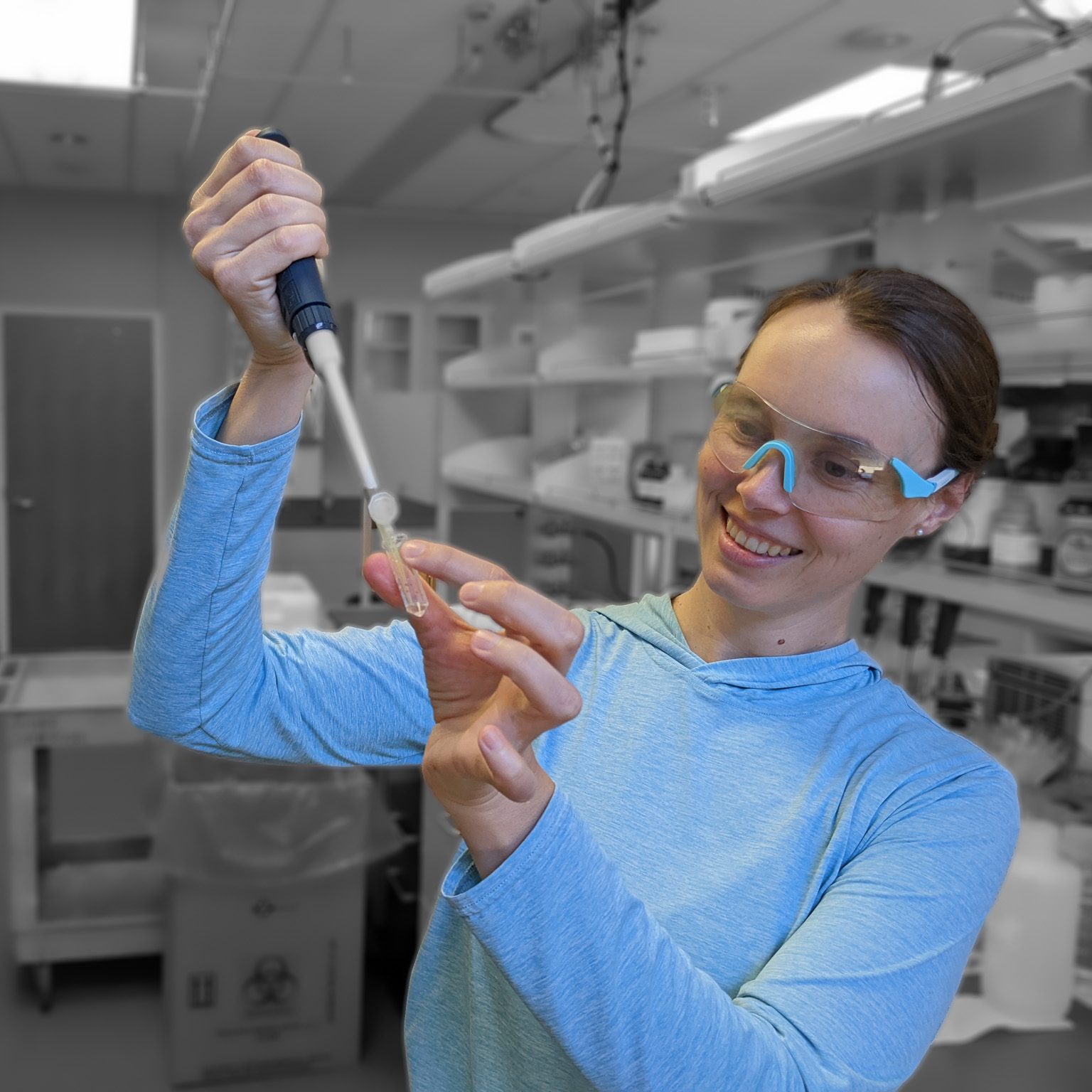Friday, April 26, 2024 at 10:30am CT
Recording available by request. Contact costa@ig.utexas.edu.
Speaker: Cornelia Rasmussen, Research Associate, University of Texas Institute for Geophysics
Host: Krista Soderlund
Title: The Emerging Field of Position-Specific Isotope Analysis: Applications in chemical forensics, exobiology, geo- and environmental sciences
Abstract: Complex organics can be found all over our solar system and within each living thing on our planet, be it as part of its physiology or as a contaminant. However, different processes can lead to the formation of chemical identical molecules. This makes answering a number of scientific questions challenging. One example is distinguishing between biotic and abiotic molecules, hence hindering life detection on early Earth but especially on other planetary bodies, such as on Mars, Titan, Enceladus and on meteorites where organics have been detected. Moreover, tracing molecules as they move through the environment can be demanding, yet is essential in studying the flow of organic molecules as well as correlating pollutants with their source.
Novel tools to address these challenges are currently being developed. Especially, the emerging field of position-specific isotope analysis is beginning to grant access to the unique intramolecular carbon (13C/12C) isotope fingerprint preserved in complex molecules. This fingerprint can be applied in various scientific disciplines, ranging from forensics to exobiology, geo- and environmental sciences, including geo health.
Nuclear magnetic resonance spectroscopy (NMR) has the potential to become a key player in this research area, as it allows the analysis of organics within complex mixtures, all without the need to fragment the molecule into single carbon units or the combustion of the molecule of interest.
We have been developing several NMR tools that allow us to investigate the intramolecular carbon isotope distribution within various molecule classes and to test the central hypothesis that the position-specific carbon isotope distribution within complex organics depends on a molecule’s source and formation history.

